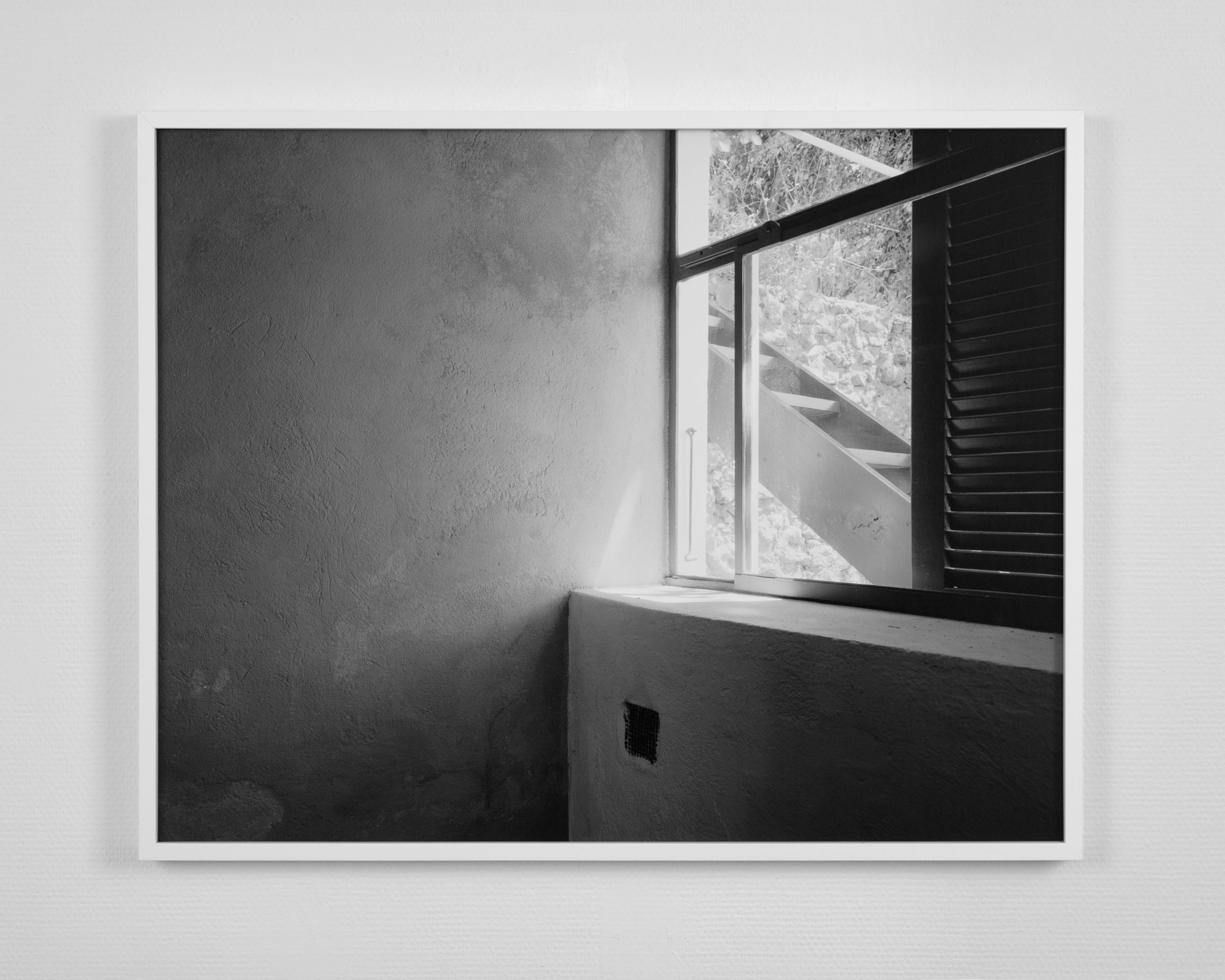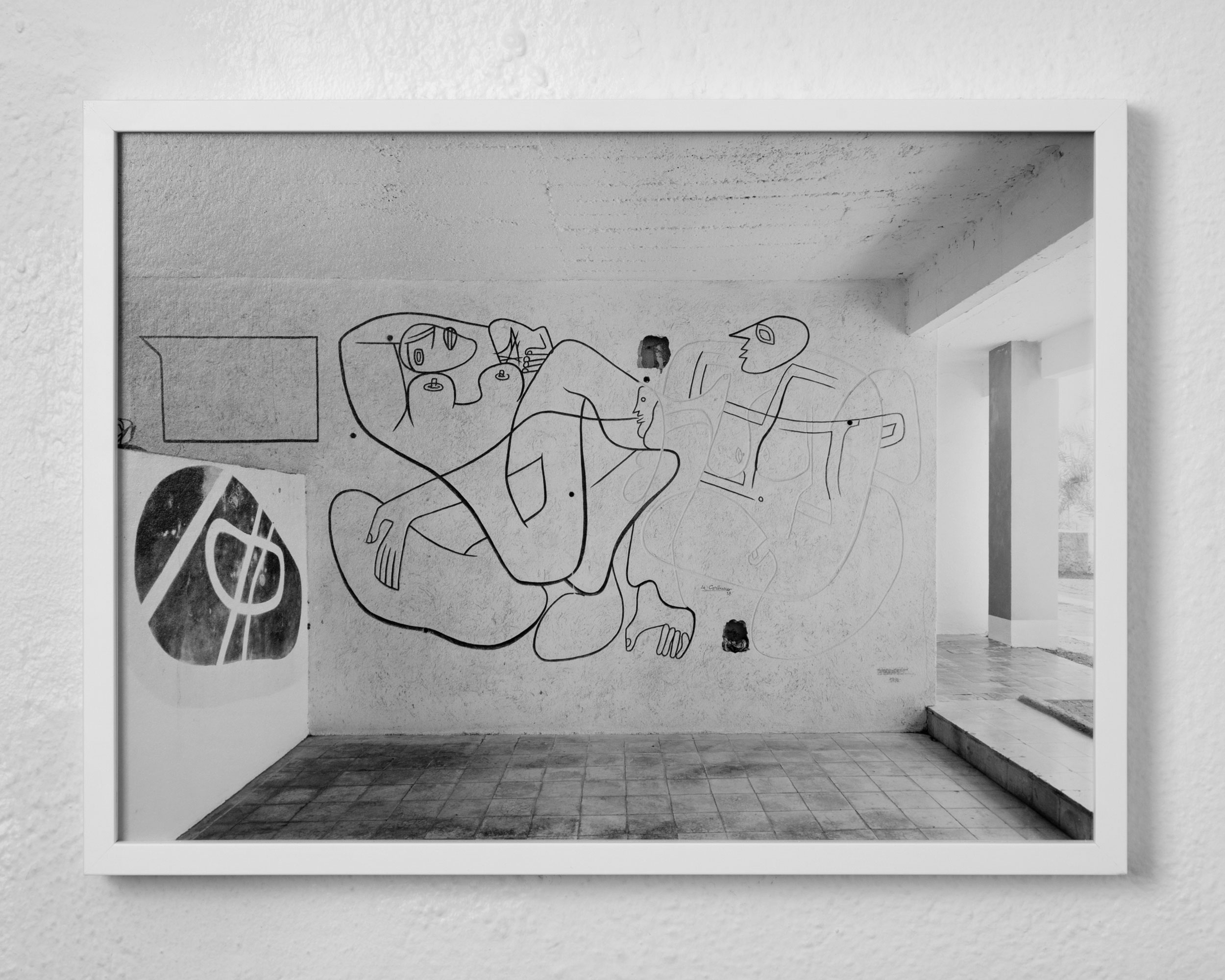Espen Gleditsch and his blindspots of modernism.
Whether he delves into the history behind furniture designer Eileen Grey’s villa E-1027 on the riviera, and its appropriation in common parlance by Le Corbusier in a project titled A place by the sea,[1] interrogates popular misconceptions about the use of colour in modernist architecture in White Lies, or most recently, discusses the precarious relationship between purity and whiteness so deeply imbedded in Western thought through his project Faded Remains, Espen Gleditschs’ photographs, texts and objects beautifully, and quite simply, tackle the mirages of modernism that we did not even know we abided by, while at the same time adhering to this ism’s same strict principles of production and aesthetic smugness.
We especially love and despise the story of how Eileen Grey, a self-taught architect drew and built a house on the French Riviera after Le Corbusiers principles, for herself and her then lover Jean Badovici. A few years on, the relationship foundered and Grey’s former lover, still living in the house invited Le Corbusier to stay in the villa. After singing it (and her) praises, and without consulting her, the Swiss architect painted a total of seven expressive murals on the house’s stark naked walls. Gray was naturally, furious about this violation, considering it an act of vandalism, and with that, never set foot in the villa again. Architecture critics, referring to Le Corbusier’s proclivity for painting in the nude (Photographs from this visit show a naked Le Corbusier – apart from his characteristic round glasses – painting one of the murals), described it ‘an act of naked phallocracy’, and was of the opinion that the great architect, ‘seemingly affronted that a woman could create such a fine work of modernism, asserted his dominion, like a urinating dog, over the territory.’
[1]A Place by the Sea
To read the whole story:
WORDS: The Chromarty
PHOTOS: Espen Gleditsch








